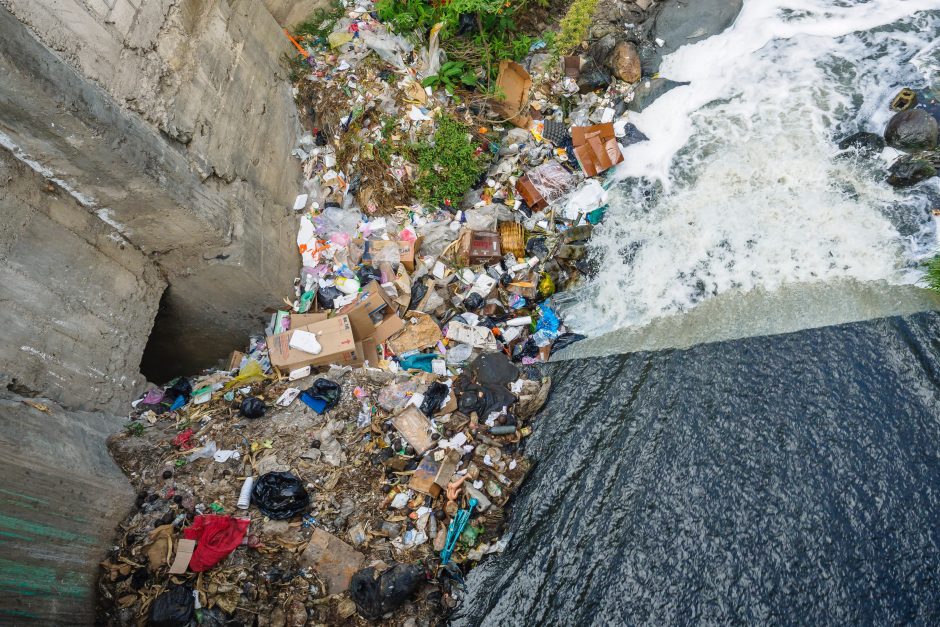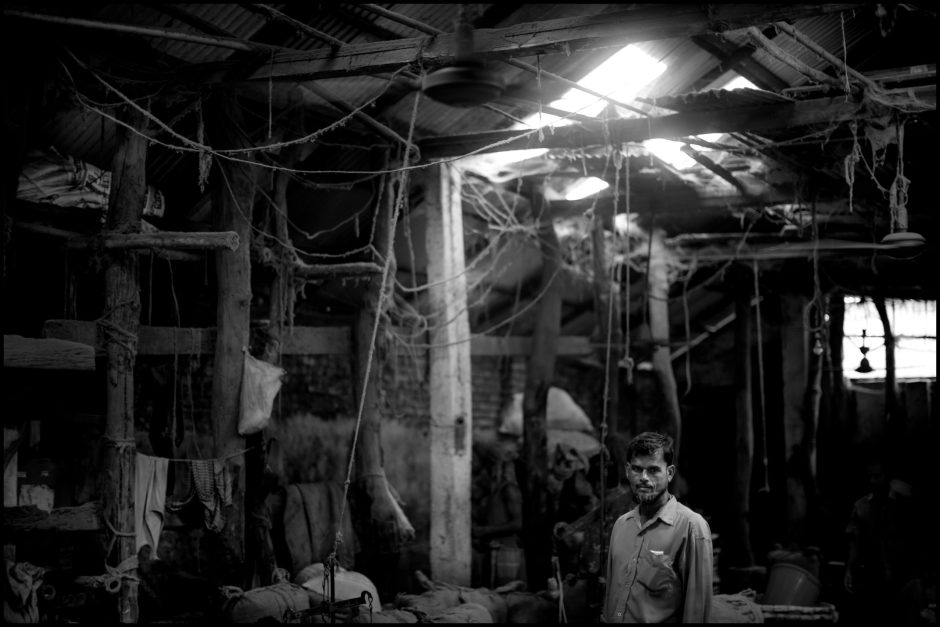Over production as a pitfall of globalisation
In a world filled with fear and uncertainty towards the future, is there space for hope? Or are we, humanity, doomed to end up in despair without a meaningful purpose and a chance to create a better world for everyone? The despair is especially evident in the news covering climate change and the environmental crisis. Both phenomena are undoubtedly interlinked and mainly result from unsustainable resource use. Media, in general, tends to portray the issue as one that is above individual actions.
Yet, small changes in the closest surroundings do matter and certainly do make a difference. As Paulo Coelho, a Brazilian novelist, has said: “The world is changed by your example, not by your opinion”. Examples with positive outcomes inspire and motivate others to take initiative. After all, that might be what is needed to transform the destructive matrix that humankind has constructed over the years.
Increasing extreme weather events, air and water pollution, deforestation and the subsequent health risks, are all evident consequences of human behaviours that commodified nature over the last few centuries. Ecological resources do not have an intrinsic economic value attributed to them. The economic value is derived from the social structures which emphasise on ecological resources as a prerequisite to individual and societal wellbeing. Yet, then questions arise such as: Is it ethical to over consume natural resources of an ecosystem that the human species is part of? Is it worth destroying biodiversity and the earth we inhabit to gain economic wealth? No, it definitely is not acceptable, thus, we should embrace sustainability at all levels.
Sustainable living is one way of reactively responding to global environmental changes, which, if unaddressed, will undoubtedly affect the living standard of every person, regardless of their social position. The underlying idea of sustainability is to reduce waste and energy consumption that contribute to global warming in the form of greenhouse gases. Mainly the food and fashion industry are considered to impact the environment the most. While sustainable food receives increased attention, slow fashion seems to be given less importance. Nevertheless, even though food production is part of the debates on the environment, negative repercussions are still a relevant factor. Especially with respect to the global distribution of hunger alongside the increasing destruction of nature, to meet the demands for food. Unequal global exchange both economically and environmentally remains a pressing issue. The food waste that results from overproduction is the dark side of uncontrolled resource use and leads to additional emissions of greenhouse gases.

When it comes to fashion, there is much less discussion and debate in the public domain. Yet, this is perhaps the space where changes can have an immediate impact. People are made to believe that only by consuming seasonal products they can adjust to constantly changing trends. Apart from that, the life cycle of clothes has also been shortened. The regular disposing of clothes is what promotes fast fashion and drives demand. Unfortunately, fast fashion, contrary to slow fashion, seems to be the preferable behaviour advertised by international brands.
It is evident in the production patterns between 1994 and 2014, where clothing production has increased by about 400%. Over-production of clothes has already led to 92 million tonnes of solid waste yearly. Clothing production also contributes to 10% of global carbon emissions. This has resulted in a significant increase of carbon dioxide, due to pollution and waste globally. Which is why, slow fashion aims to reduce production to achieve less quantity and more quality with timeless pieces. This would also allow companies to distribute fair wages along the supply chain.
According to Planet Aid, a non profit organisation, if consumption patterns do not change, by 2030 the environmental impact of the fashion industry shall double. “This means that in 12 years the apparel industry alone will emit 4.9 metric gigatonnes of CO2, which is nearly the current annual greenhouse gas emissions from all sources across the United States!”. This is where individuals can make a difference. A clothing item used for at least three months longer than the current average use could lower the carbon footprint of that item by 5-10%. Second hand clothing, apart from increasing the lifecycle of clothes, reduces pollution as lesser clothes would end up in landfills. Consumers can be active actors in making fashion more sustainable. Every item purchased is eventually a choice. Based on the logic of supply and demand, manufacturers will adjust production to the consumption patterns.
Needless to say, international companies and brands such as H&M or Zara are socially responsible for transparency when it comes to sustainability in the production process. Despite some visible changes due to rising awareness among the customers and global compliance norms, the so-called greenwashing has become a prominent act to mislead consumers. Greenwashing is purposely implemented to capitalise environmentally friendly products. Yet, this is only a false impression created, by using earth tones instead of darker shades; for instance. Greenwashed products appear free of chemicals and more natural. In reality, however, this might not apply to the whole product. Becoming acquainted with certifications and the environmental impact of certain materials such as cotton can help us distinguish between genuinely green products and greenwashed products.

Finally, what are the actual realities behind our daily choices? Unfortunately, it is a rather dark pitfall of recent globalisation in which a choice for some means exploitation for others. Outsourcing of manufacturing is linked to a complex system of unequal exchange. Besides pollution and unequal utilisation and destruction of natural resources, unsafe working conditions are a common occurrence in countries which have labour intensive industries. As an example, the garment factory accident in 2013 in Dhaka is considered one of the most devastating in history. More than 1100 people died. From 2005, at least 1800 garment workers in Bangladesh lost their lives due to factory fires and collapses.
Some retailers such as Calvin Klein have already signed the Safety Agreement. Yet, more initiatives are needed to decrease fast fashion victims. That includes the whole planet and the human costs resulting from unsustainable practices on a global scale. Through slow fashion and the support of environmentally just brands, consumers can push other companies to follow the same path. Is there still space for hope? Definitely. As mentioned before, by changing how we use clothes, whether the cheaper or the more expensive ones, we can lower an item’s carbon footprint by 5-10%. Thus, one person’s choice for an unique lifestyle already has an impact on more than one piece of clothes. Even with clothes of lower quality, a longer usage decreases the amount of waste and subsequently pollution. One does not need to be in a powerful position to make an impactful difference.
For further reading:
- https://www.mdpi.com/2071-1050/10/7/2270
- https://unfccc.int/process-and-meetings/the-paris-agreement/the-glasgow-climate-pact/cop26-outcomes-market-mechanisms-and-non-market-approaches-article-6#eq-5
- https://zora.medium.com/sorry-yall-but-climate-change-ain-t-the-first-existential-threat-b3c999267aa0
- https://popula.com/2019/08/19/the-case-for-climate-rage/
- https://www.yesmagazine.org/opinion/2021/11/26/anger-climate-crisis-action






